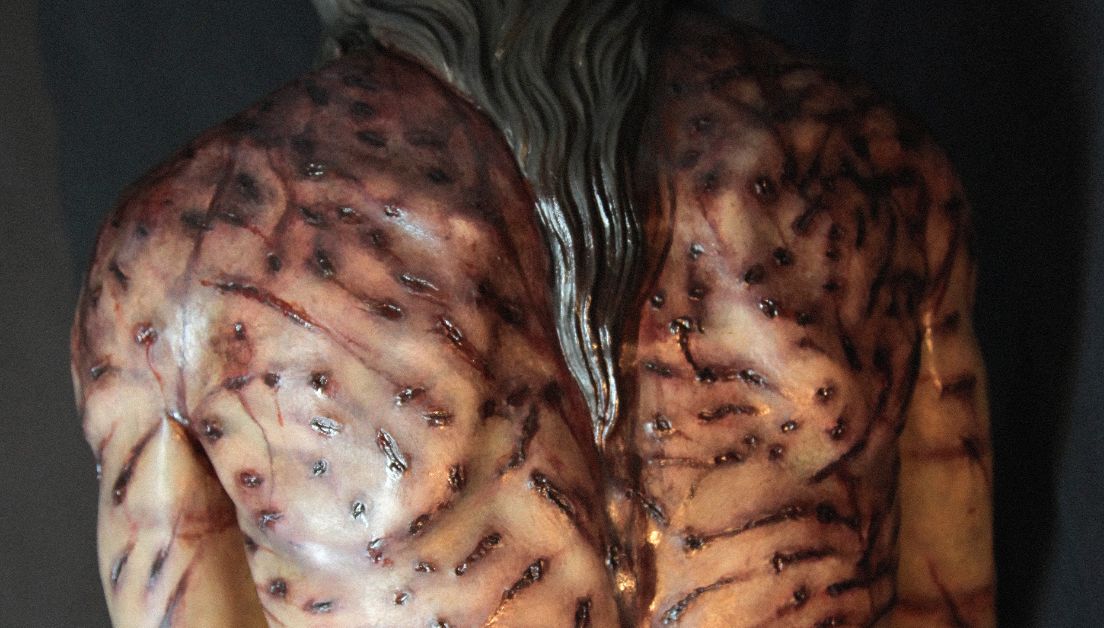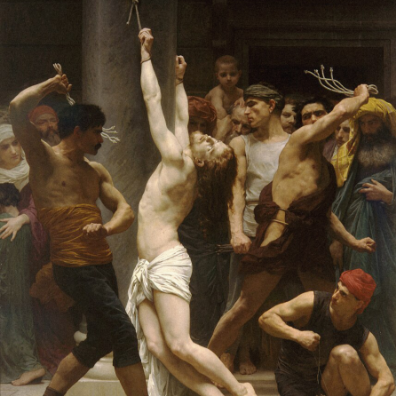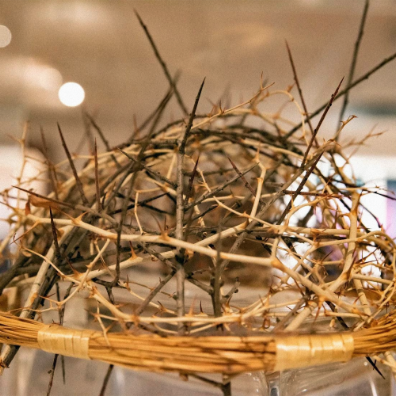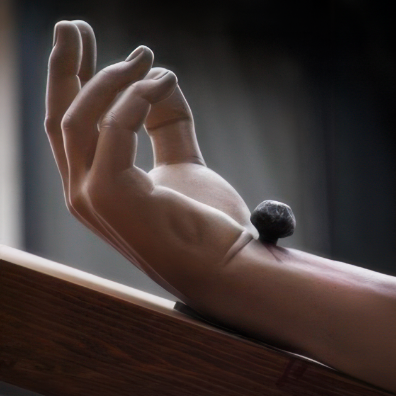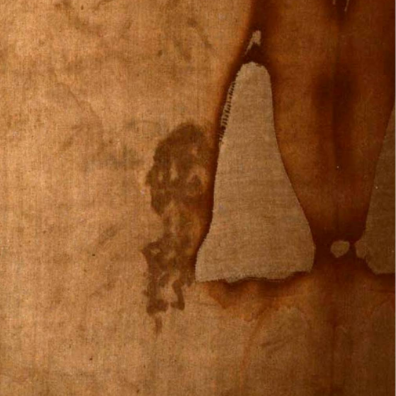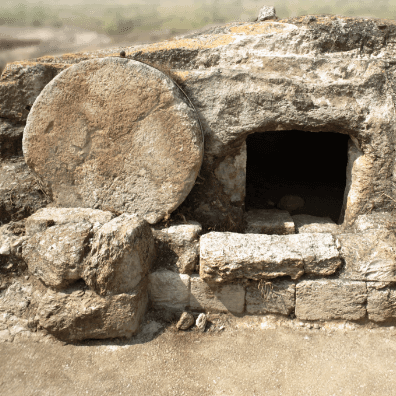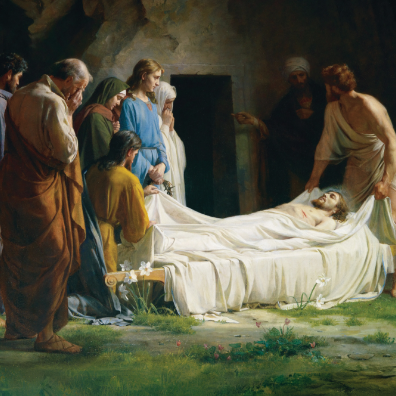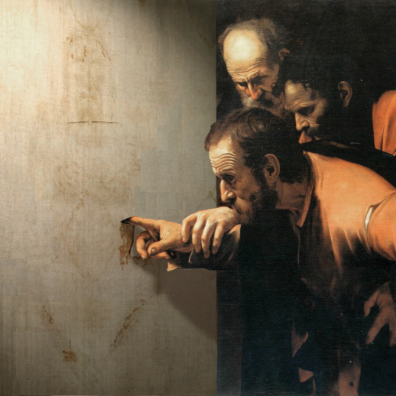When we think of crucifixion, we picture Jesus carrying an entire wooden cross. But historically, victims of crucifixion were forced to carry only the horizontal crossbeam—known as the patibulum.
This crossbeam weighed between 60 and 100 pounds. The full cross would have weighed as much as 300 pounds. The upright portion, called the stipes, was waiting at the execution site.
A condemned man would carry the patibulum behind his head, across his shoulders, with his arms outstretched and secured by rope.
The Shroud of Turin shows remarkable evidence of this process.
There are bruises on the upper back of the man, just below the shoulders—indicating he carried or supported a heavy object after being scourged. The rubbing of that object altered some of the scourge wounds beneath. In the shoulder area, two large abrasions suggest that a rough, heavy beam chafed against his already torn skin.
Traditional artwork shows Jesus carrying the whole cross. But the weight of the wood – and the physical toll of his suffering up to that point – would have made it nearly impossible for Jesus to carry both the vertical and horizontal beams of the cross. He likely carried only the patibulum. This evidence points to the authenticity of the Shroud, because it resembles actual first-century practices rather than medieval depictions of Jesus.
Jesus was crucified on a hill called Golgotha. This hill was located about a mile outside the Jerusalem gates. Christian tradition holds that Jesus fell three times while he carried the cross to Golgotha. These falls are not recorded in the Gospels, but there is evidence that the man of the Shroud did fall to his knees and perhaps on his face. Dust particles found on the Shroud in the feet, knees, and nose areas of the image contain the same form of limestone aragonite as dust in the rocky hillside outside Jerusalem.
Next, we’ll look at what happened when Jesus reached Golgotha.

